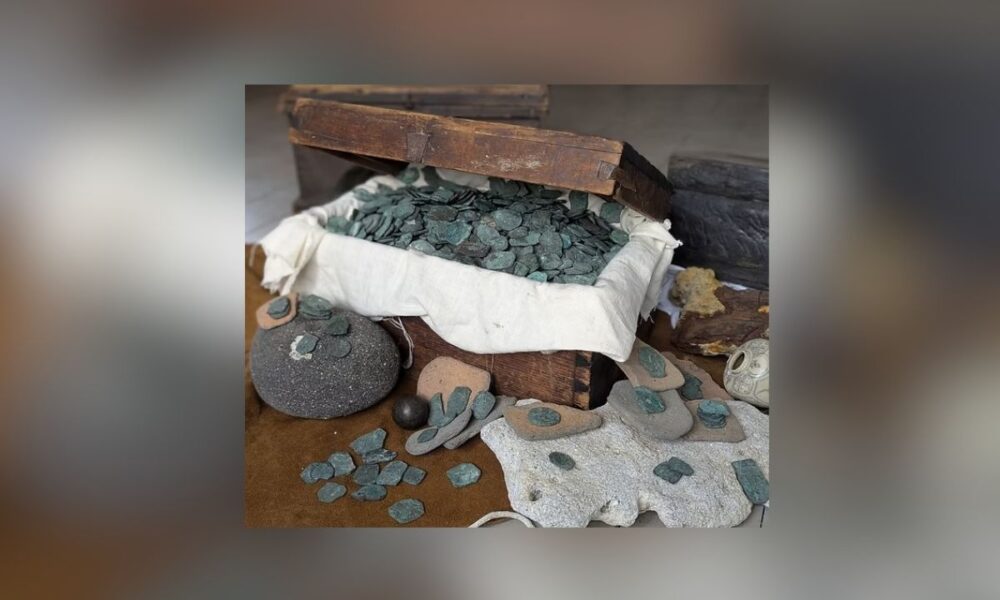Treasure hunters have recovered more than 1,000 gold and silver coins valued at $1 million from the 1715 Spanish Treasure Fleet shipwreck off Florida’s Treasure Coast.
The find, made by Capt. Levin Shavers and the crew of the “M/V Just Right” revealed a significant discovery in the ongoing exploration of one of history’s most storied maritime disasters.
The 1715 Fleet – Queens Jewels, LLC, which holds exclusive salvage rights to the wreck, reported that the haul includes 1,051 silver “Reales” and five gold “Escudos,” minted in Spanish colonies in Mexico, Peru, and Bolivia. Many coins retain visible mint markings, offering valuable insights into the Spanish Empire’s Golden Age.
“This discovery is not only about the treasure itself, but the stories it tells,” Sal Guttuso, director of operations for Queens Jewels, said in a news release. “Each coin is a piece of history, a tangible link to the people who lived, worked, and sailed during the Golden Age of the Spanish Empire. Finding 1,000 of them in a single recovery is both rare and extraordinary.”
The coins were recovered during the 2025 summer salvage season along Florida’s Treasure Coast, a stretch of Atlantic coastline spanning Indian River, St. Lucie, and Martin counties, named for the frequent discoveries from the 1715 fleet.
On July 31, 1715, a hurricane sank 11 Spanish ships carrying an estimated $400 million in gold, silver, and jewels from Havana to Spain. The storm, possibly a Category 3 or 4 by modern standards, scattered the fleet, capsizing vessels and killing between 700 and 1,000 people, while around 1,500 survived, battling exposure and exhaustion on shore.
The recent find, made near Ambersand Beach in north Indian River County, included coins encrusted with what appeared to be a burlap sack, suggesting they came from a single chest that broke apart during the storm.
“In the past, there’s evidence of them finding a chest which contained three burlap sacks and each sack had about 1,000 coins,” Shavers said, per News-Press. “We could potentially be looking at a chest of coins, and with there being two more thousand-coin dumps in the area.”
The last comparable discovery occurred in 1990, according to Michael Perna, a professional salvor with Queens Jewels.
Under Florida law, the coins will be conserved and cataloged before being presented to the U.S. District Court for the Southern District of Florida, which oversees maritime claims.
The state will retain 20% of the treasure, with the remaining 80% divided among the salvage crews.
Queens Jewels plans to exhibit select pieces in local museums, allowing the public to connect with Florida’s maritime past.
“Every find helps piece together the human story of the 1715 fleet,” Guttuso said. “We are committed to preserving and studying these artifacts so future generations can appreciate their historical significance.”
The salvage operation, based in Sebastian, about 95 miles north of Palm Beach, works under state oversight and archaeological guidelines.
The discovery adds to nearly a century of recoveries from the 1715 fleet, which continues to yield artifacts that shed light on the era’s history.


